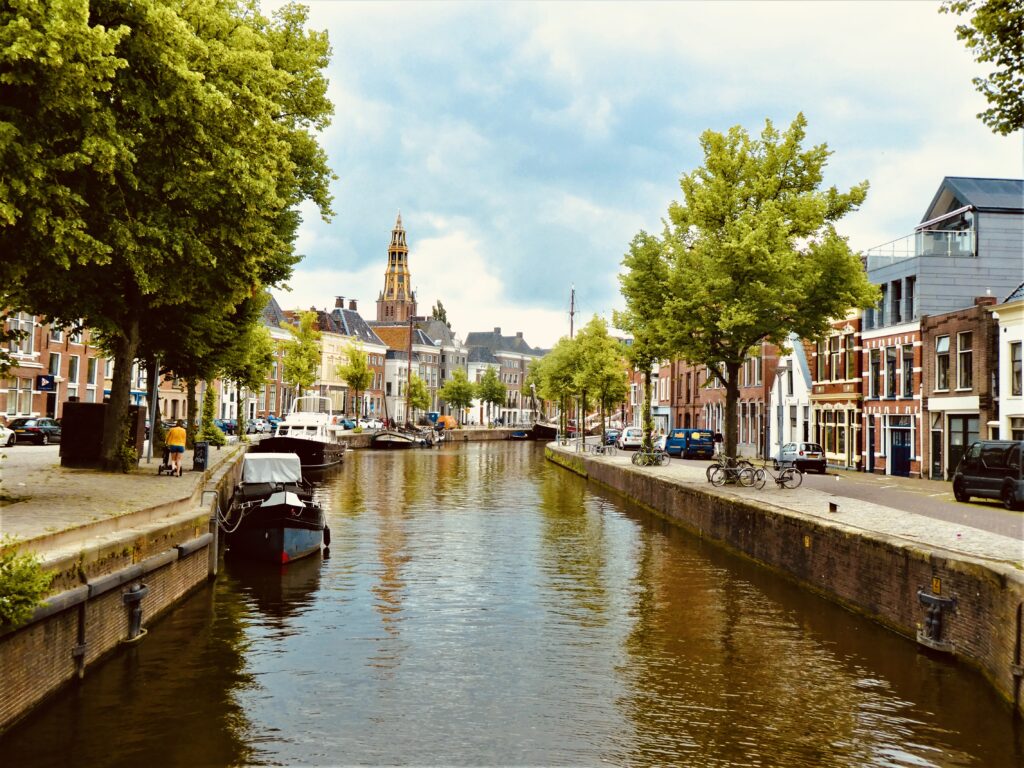Groningen's Rooftop Revolution
In the heart of Groningen, a quiet transformation is taking place. The city, known for its vibrant student population and historic architecture, is now leading the way in sustainable urban development with its green rooftops. These living roofs are not just a trend but a practical solution to urban challenges.
The Science Behind Green Roofs

Green rooftops are more than just gardens in the sky. They consist of layers that include a waterproof membrane, drainage, and a growing medium for plants. This setup helps in reducing rainwater runoff, which is crucial in a city like Groningen that experiences frequent rainfall. By absorbing rainwater, these roofs help prevent flooding and reduce the burden on the city's drainage systems.

Environmental and Economic Benefits

The benefits of green rooftops extend beyond aesthetics. They provide insulation, reducing the need for heating in winter and cooling in summer. This energy efficiency translates into lower utility bills for building owners. Moreover, these rooftops contribute to cleaner air by filtering pollutants and providing habitats for urban wildlife, including birds and insects.
Community Involvement and Education
Groningen's initiative has sparked community involvement. Local schools and universities have integrated green roof projects into their curricula, allowing students to participate in their design and maintenance. This hands-on approach not only educates the younger generation about sustainability but also fosters a sense of community pride and ownership.
Challenges and Future Prospects
Despite their benefits, green rooftops face challenges such as initial installation costs and maintenance. However, Groningen's local government offers subsidies and incentives to encourage more building owners to adopt this green technology. As more rooftops turn green, the city sets a precedent for other Dutch cities, potentially reshaping urban skylines across the Netherlands.










